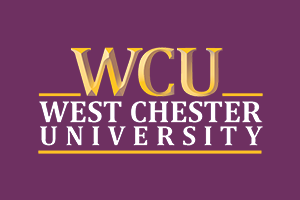Critical Thinking and Reflective Practice
Reflection is an integral component of service-learning pedagogy. It is through the process of structuring and guiding a student's reflective process that faculty can help students integrate lessons from their community experiences with classroom theories. This allows students to begin responding to experiences by using a more critical framework, correct assumptions, challenge their stereotypes, experience personal growth, develop citizenship skills, and share their reactions and feelings with their peers. Learn more about encouraging critical thinking in your classroom through reflection.
Applying Reflection
Quality reflection is well-organized, intentional, and continuous. It should happen before, during, and after the student’s service experiences. The principles of good reflection practice are continuous, connected, challenging, and contextualized. Following a feedback loop, from faculty posing questions to the students, students then responding, and faculty following up to help students dive deeper into the learning. Eyler, Giles, and Schmiede (1996) concluded from their research that reflection in service-learning is:
- Continuous: Must be an ongoing part of the service involvement. Should include reflection before the experience, during the experience, and after the experience.
- Connected: Links service to academic goals and intellectual development.
- Challenging: Provides an opportunity to explore uncomfortable and unfamiliar feelings and ideas. Raises questions that may have difficult answers.
- Contextualized: Reflection can occur in various forms. Activities selected correspond in a meaningful way to the service experiences.
*Source Eyler, J., Giles, Jr., D.E., and Schmiede, A. (1996). A Practitioner’s Guide to Reflection in Service-Learning: Student Voices and Reflections. Nashville, TN: Vanderbilt University.
An Assortment of Reflection Assignments
Journals: Writing in journals is widely used by service-learning programs to promote reflection. They are most meaningful when instructors pose key questions for analysis. Faculty at WCU commonly utilize D2L to pose questions and respond thoughtfully to online posts.
Multimedia Class Presentations: Students create a video or photo documentary on the community experience.
Theory Application Papers/Posters: Students select a major theory covered in the course and analyze its application to the experience in the community.
Agency Analysis Papers: Students identify organizational structure, culture, history, and mission.
Presentations to Community Organizations: Students present work to community organization staff, board members, and participants.
Group Discussion: Through guided discussion questions students critically think about their service experiences.
Mapping: Create a visual map that shows how the service-learning experience connects to larger issues at the state/national/global level.
Letters-to-the Editor: Students write a letter-to-the-editor or to government officials that address issues important to the community organizations where they are working
Blog: Create a course blog where students can post comments on their experiences.
Reflective Reading and Response: Find articles, stories, or songs that relate to the service experience and create discussion questions that link the reading to the service-learning.
Drawing: Have students draw their response to reflection questions, then share them in small groups.
